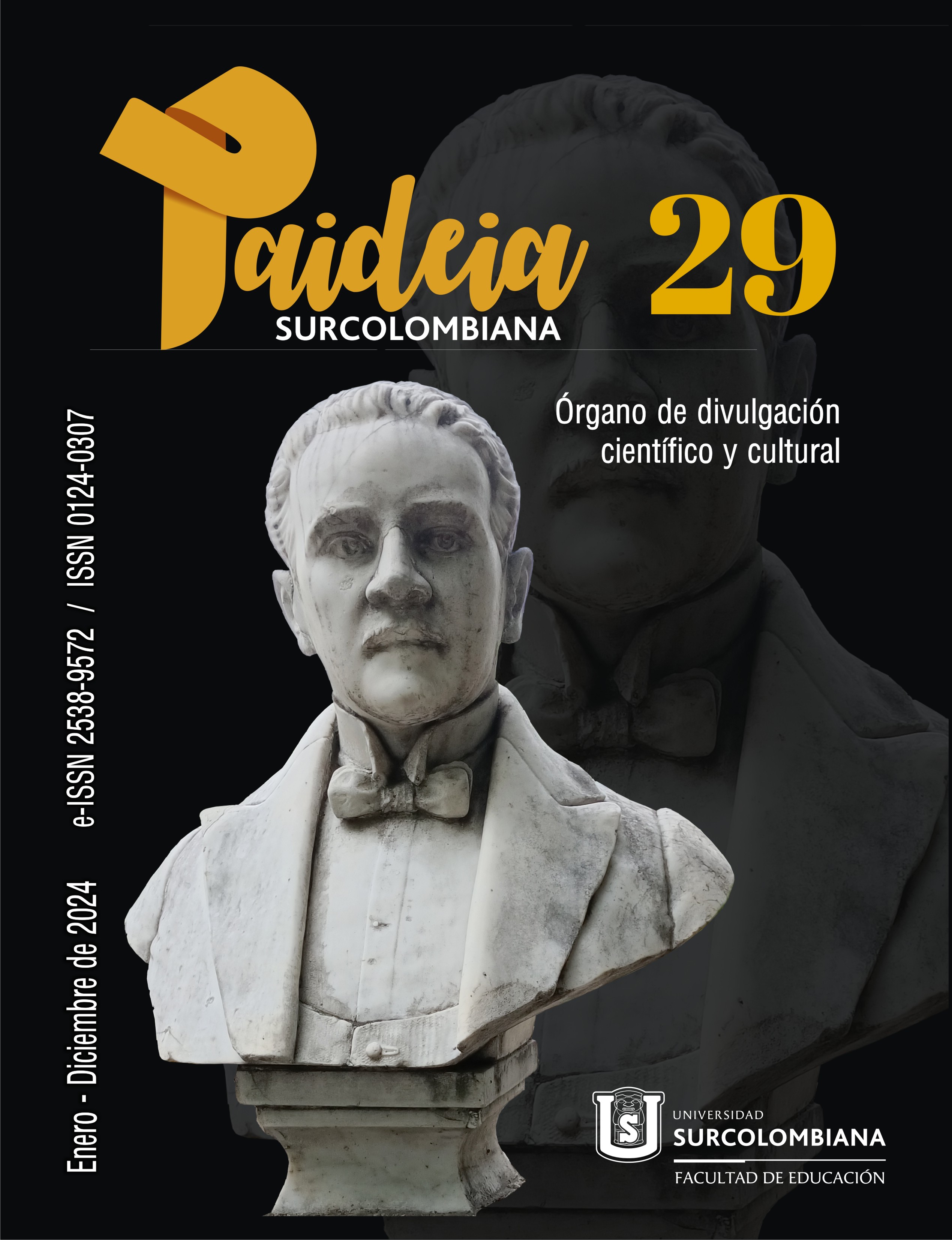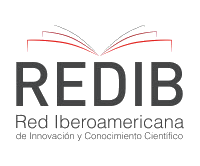Plan Nacional de Cultura 2024 – 2038, cultura para el cuidado de la diversidad de la vida, el territorio y la paz.
##plugins.themes.bootstrap3.article.main##
Approaching Colombian cultural policies implies recognizing the various historical configurations around it. As a point of reference, the author Bravo (2014), historically dialogues and traces a line of cultural events. A first approach was constituted in the eighteenth century, in the colonial era with the research in natural history: Botanical expedition of the New Kingdom of Granada since April 30, 1783 sponsored by the Spanish crown and led by the Spanish physician, botanist, mathematician and priest, José Celestino Mutis. Its importance lies not only in the creation of a herbarium of more than 2,000 plants, a collection of plates and an astronomical observatory. This initiative, “was a fundamental milestone in the construction of the concept of nation, since the inventory of resources, and the description of the people contributed to the knowledge of the country and the appropriation of the cultural and social heritage” (Bravo, 2014, p. 50) which was then framed in the creation of the National Library in 1777 and the approach to geographical and cultural studies of the Italian Agustín Codazzi.
Downloads
##plugins.themes.bootstrap3.article.details##
Bravo, M. (2014). Políticas Culturales en Colombia. En R. d. Ministerio de Cultura, Compendio de políticas Culturales (págs. 49- 79). https://oibc.oei.es/uploads/attachments/481/Compendio-Pol%C3%ADticas-Culturales.pdf
Bustos Gómez, M. L. (2019). Un ministerio para la cultura. Calle 14 revista de investigación en el campo del arte, 15(27), 126-139.
https://doi.org/10.14483/21450706.15416
Dane. (2018). Enfoque diferencial e interseccional. https://www.dane.gov.co/index.php/estadisticas-por-tema/enfoque- diferencial-e-interseccional/autorreconocimiento-etnico
De Zubiría Samper, J. (2009) Los retos a la educación en el siglo XXI. Recuperado de https://antoniorc72.files.wordpress.com /2013/06/lectura-en-el-siglo-xxi.pdf
Di Girolamo, Claudio. (2005). Cultura, Educación y Universidad. Universum (Talca), 20(1), 297-308. https://dx.doi.org/10.4067 /S0718-23762005000100022
Dussel, E. (1968). Cultura, Cultura Latinoamericana y Cultura Nacional. CUYO. Anuario de Historia del Pensamiento Argentino, IV. https://enriquedussel.com/txt/Textos_Articulos/20.1966_espa.pdf
El Tiempo. (1994). GABO SE OPONE A MINCULTURA. El Tiempo. https://www.eltiempo.com/archivo/documento/MAM-166821 Freire, P. (1968). Pedagogía del oprimido. Siglo XXI editores.
Galeano, E. (1999). El libro de los abrazos. Ediciones del Chanchito. https://www.colegioemaus.edu.ar/assets/el-libro-de-los- abrazos.pdf
Ministerio de Cultura. (2001). Plan Nacional de Cultura 2001-2010. Hacia una ciudadanía democrática cultural. Un plan colectivo desde y para un país plural.
Ministerio de las Culturas, las Artes y los Saberes [MinCultura]. (2024). Plan Nacional de Cultura 2024 - 2038, cultura para el cuidado de la diversidad de la vida, el territorio y la paz. 174 pp. ISBN: 978-958-753-608-9https://mng.mincultura. gov.co/plan-nacional-de-cultura-2024-2038/Documents/PLAN%20NACIONAL%20CULTURA_26-07-2024.pdf
Ministerio de Cultura & Biblioteca Nacional de Colombia. (2016). Promoción y Posicionamiento de Bibliotecas Públicas. https://siise.bibliotecanacional.gov.co/UPLOADSFILES/documentos/RNBP/mm_guias/Guia_35_Cartilla_promoci%C3%B 3n_y_posicionamiento.pdf
Mockus, A. (2012). Pensar la universidad. 2. ed. -- Medellín: Fondo Editorial Universidad Eafit. https://www.ucentral.edu.co/ sites/default/files/inline-files/pensar-la-universidad-mockus.pdf
Mockus, A. (2004). ¿Por qué competencias ciudadanas en Colombia? Altablero no. 27, febrero-marzo. https://www. mineducacion.gov.co/1621/article-87299.html
Núñez, L & Romero, C. (2017). Teoría de la educación. Madrid: Pirámide.
Muñoz Vélez, H. A. (2022). La Biblioteca Aldeana de Colombia: un proyecto político y cultural. Agenda Cultural Alma Máter, (296). Recuperado a partir de https://revistas.udea.edu.co/index.php/almamater/article/view/349533
Ocampo Prado, M. (1990). La construcción de la identidad nacional colombiana. Revista Controversia, (162-63), 55-72. https://doi.org/10.54118/controver.v0i162-63.1128
Ramírez Poloche, N. (2012). La importancia de la tradición oral: El grupo Coyaima - Colombia. Revista Guillermo De Ockham, 10(2). https://doi.org/10.21500/22563202.2365
Stamato, V. (2022). Días de radio. Banrepcultural. https://www.banrepcultural.org/biblioteca-virtual/credencial-historia/ numero-186/dias-de-radio
Unesco. (1988). Decenio Mundial para el Desarrollo Cultural. Revista El correo- Unesco. https://unesdoc.unesco.org/ark:/ 48223/pf0000081721spa
Universidad Surcolombiana, Consejo Académico. (2020). Acuerdo número 053 del 10 de diciembre.https://www.usco.edu.co/ archivosUsuarios/20/publicacion/consejo_superior/acuerdo/acuerdo_053_de_2020.pdf
Zuleta, E. Educación y democracia: un campo de combate. (1995). Fundación Estanislao Zuleta.









